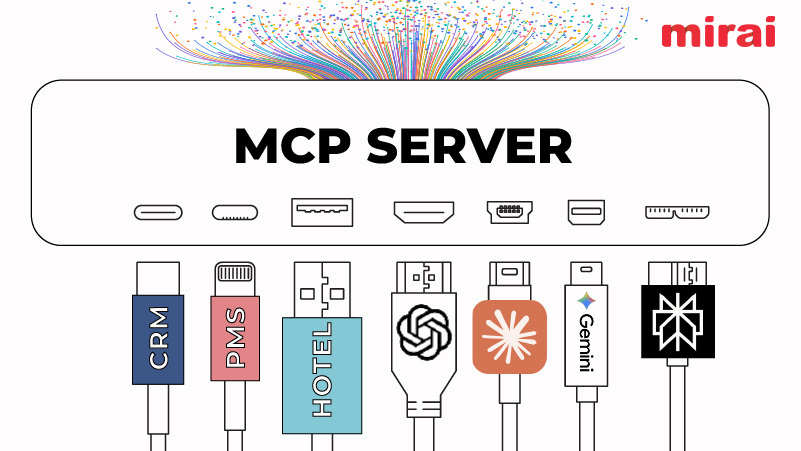
Know the different types of customers you have and reach them with personalized messages and content.
NB: This is an article from gcommerce
1. Know your guest!
The customer journey continues to become more complex as time goes on. People use more and more sites when researching hotels and have hundreds of digital touchpoints before booking.

In a recent Think with Google case study, we begin to gain a much better understanding of the online customer journey. We see that guests can have as many as 500 digital touchpoints before booking. One example showed a user Google called “Sarah”, who booked 6-days in advance and had over 200 touchpoints during her online travel research. You might ask how someone could possibly have over 200 digital touchpoints when researching their single hotel stay, but it is actually easier than you might think!
Just consider each different type of search query on multiple channels. You might start with ‘vacation ideas for June’, which leads to ‘Hotels in Portland’, which becomes ’hotels in downtown Portland’. Then, once you discover 5 x hotels that are downtown and compare how close each hotel is to Powell Book Store, you narrow it to 2 x hotels and start diving into TripAdvisor for reviews and photos and then Instagram to see some recent images of the property. As you can see, hitting 200+ touchpoints is easy.
2. Remarketing based on buyer behavior
Knowing visitors are all over the place in their journey, makes hitting them with the right message more important than ever before! You must define intent now because we know that each customer journey is different. In 2018, GCommerce worked closely with Coast Hotels to build lists for targeting based on the guest behavior on the brand website. If someone only visited the homepage, they were not added to a list. If they visited a particular property level microsite, they were added to a particular remarketing list and so forth. These lists have increased conversions by 10% YOY.
Here are some examples of how we use the lists to increase conversion. With Coast Hotels, GCommerce was able to show a specific ski package offer to guests that had been looking at one of the ski package participating properties. If someone visited a property microsite that offered the ski package, they would see a ski display ad following them as they continued to visit other websites, which would hopefully bring them back to Coast Hotels to book. Knowing the guest was interested in Coast Sundance Lodge helped us avoid promoting the Waimea Plantation and vice versa.
With other clients, such as Surf & Sand Resort, we’ve been able to show our display ads to guests that did not initially land on the wedding pages, restaurant pages or spa pages, which helped us understand they were truly interested in lodging. We could also apply the same type of tactic to those that visit the wedding pages by marketing a specific wedding package. We can even base the ads on the amount of engagement (time on site and pages per session) so that we’re not wasting any marketing dollars on someone that accidentally landed on the site.
3. Be useful!
Message your audience with some level of personalization. People respond to brands that understand their needs. It’s important that hotels optimize media, both for relevance to the consumer and lifetime value for the brand. Some customers spend more than others. We hope to continue to learn more about visitors on websites so that we can understand the difference between paying to acquire profitable customers and paying to acquire the customers your competition didn’t want. It is up to the hotel to create an online shopping experience that fits different customers based on their website behavior.
4. Utilize dynamic ads if possible
GCommerce also works with vendors like Adacado, TripAdvisor and Facebook to utilize dynamic ads. For example, a property management company that has multiple properties can use technology to display a specific property ad based on buyer intent so that not everyone looking to go to New York is seeing a generic property management company ad. These types of ads convert at a higher rate because they are more personalized. The caveat is that these types of ads usually require a lot of website traffic and larger budgets, and might not be possible for an individual hotel.
5. Rate parity is KEY
Make sure you have done everything you can to make booking online with your hotel as easy as possible. Direct bookings provide the guest with the best customer experience. By having the guest email address prior to stay, you know who the guest is, you can customize the guest onsite experience by understanding their preferences and lifetime value. It is extremely important to use your revenue management system and make sure you are always in rate parity. Don’t make guests search around for the best rate because they might just get distracted by something shiny and you lose them altogether.




